
Americans love their traditions, but not everything can withstand the weight of time. Some of the country’s most familiar staples—whether driven by convenience, economics, or technology—are vanishing right under our noses. Here’s a look at what’s quietly slipping away and the forces speeding up their exit.
Cable TV
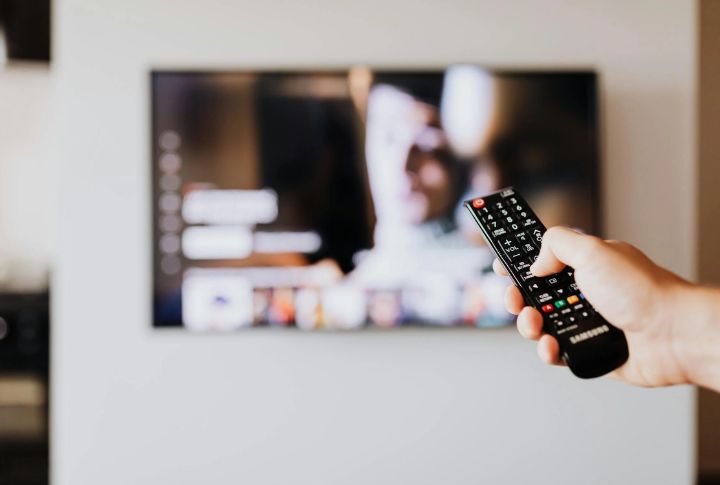
There was a time when the living room remote had near-mythical power. Now, cable providers are scrambling to justify bloated packages no one wants. The convenience of a la carte streaming means people no longer tolerate flipping endlessly for reruns. With ad revenue bleeding out and younger viewers long gone, cable TV is limping toward obsolescence.
Gas-Powered Cars
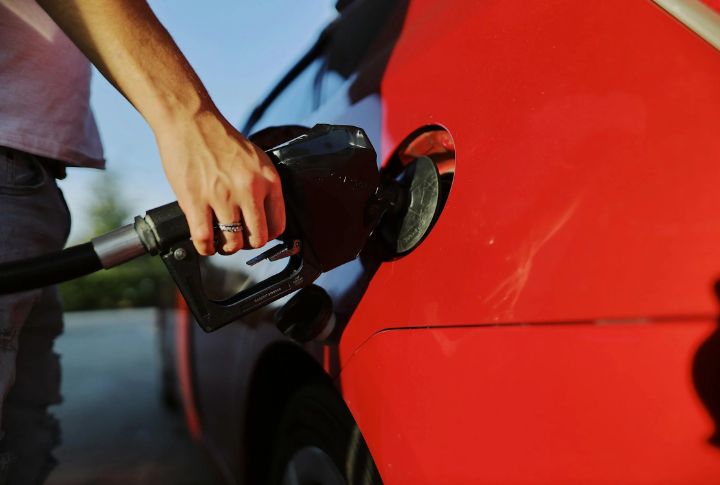
For generations, the growl of a V8 engine stood for freedom and power. But it’s hard to ignore mounting emission regulations, EV tax credits, and the sheer efficiency of electric drivetrains. Manufacturers aren’t waiting for mandates—most have already slashed development budgets for gas engines, focusing instead on batteries, autonomy, and eco-friendliness in the EV arms race.
Paper Checks

Only a sliver of society still reaches for a checkbook, and banks aren’t subtle about wanting them gone. Processing checks costs more than digital transactions, and they’re magnets for fraud. Businesses have quietly phased out check payments, and younger customers default to peer-to-peer apps. Within a decade, writing a check could feel like handwriting a telegram.
Mall Culture
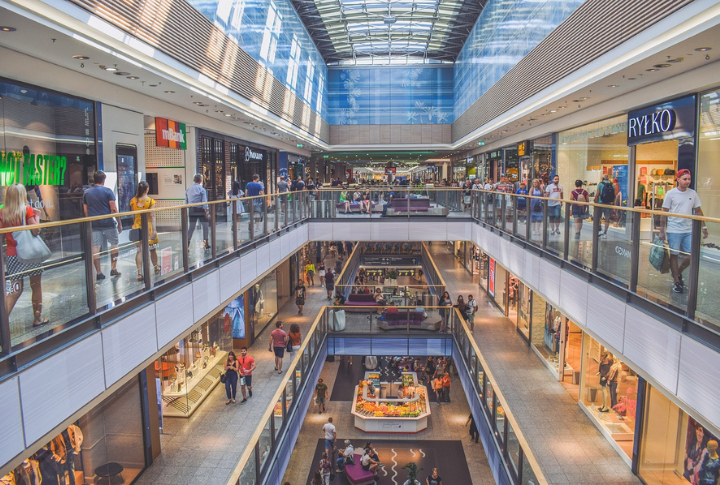
Malls were American town squares, food courts, and all. But anchor stores folded, foot traffic thinned, and e-commerce filled the void. Dead malls dot suburban sceneries now, often converted into fulfillment centers—modern monuments to a retail era that couldn’t keep pace with two-day delivery.
Single-Use Plastics
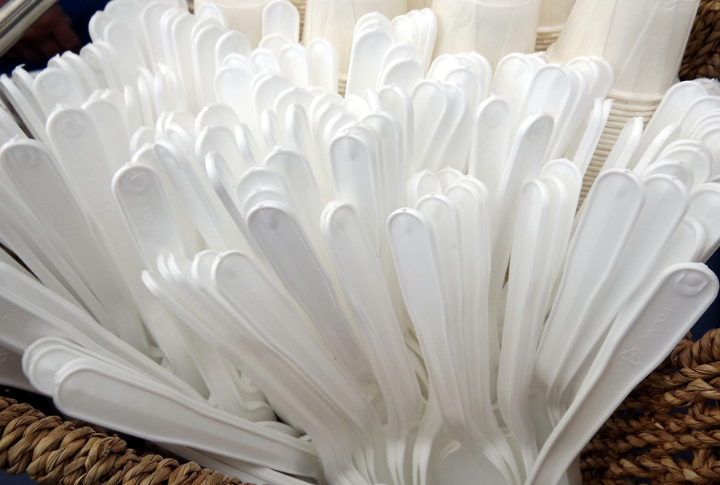
Plastics ruled convenience culture for decades…until they didn’t. Mounting landfill overflow and microplastic contamination made these throwaways a public enemy. Legislative bans and corporate pledges aren’t slowing; reusable alternatives have gone from niche to necessary. Soon, grabbing coffee might mean remembering to pack your own straw.
Landlines
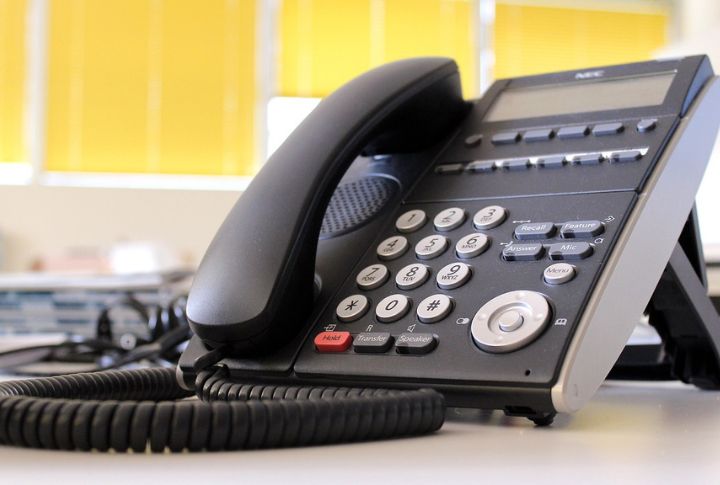
It’s hard to justify paying for something you stopped using years ago. Telecom giants are quietly sunsetting copper-wire networks, preferring to funnel users into wireless plans. Landlines now survive mainly in rural pockets or as backups, but even emergency services are moving away from the old infrastructure.
Manual Transmission Cars
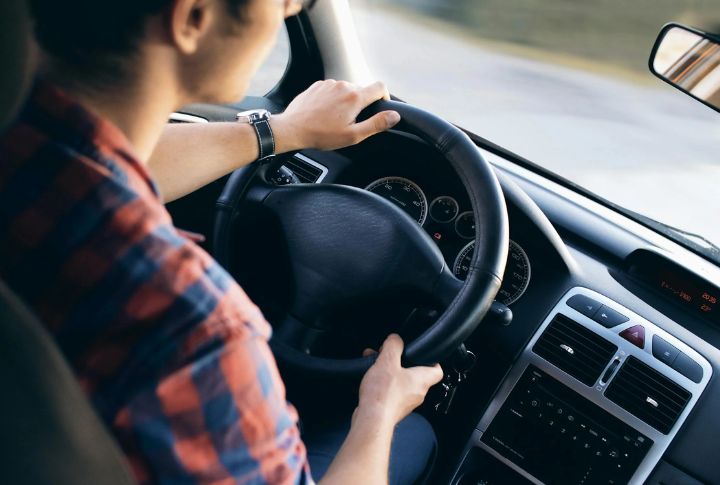
Stick shifts once separated serious drivers from casual commuters. Today, fewer models offer manuals, and even performance cars lean on lightning-fast automatics. EVs don’t need gears at all. Manuals might linger as collector’s novelties, but the average driver will treat them like antiques—fun to look at, exhausting to use.
Printed Newspapers

Print once owned the morning routine; now, it fights for survival. Most publications have shifted resources to digital, where paywalls and ad clicks reign. Rising production costs and dwindling subscribers forced even century-old papers to shutter print editions. For many, tomorrow’s headlines arrive via push notification, not through the front porch.
Movie Rental Stores
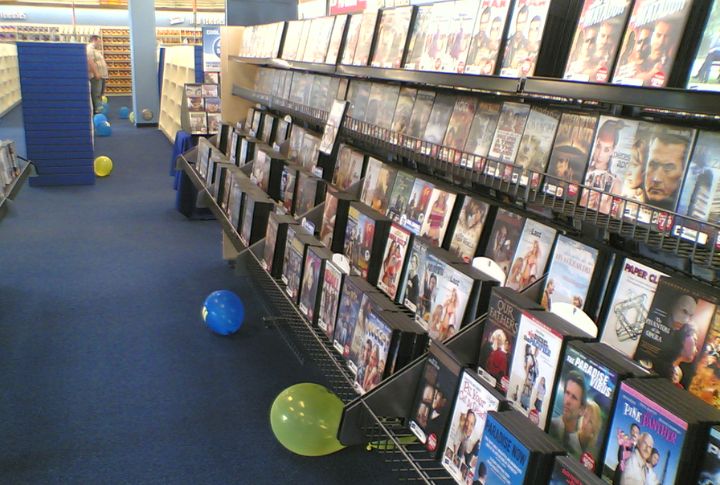
There’s no rewinding this one. Blockbuster’s fall wasn’t a fluke; it reflected how impatient viewers became. Streaming libraries deliver instant gratification, and physical rentals couldn’t compete. Redbox lingers at supermarket exits, but it’s only a matter of time before the last machine goes dark.
Gas Stations
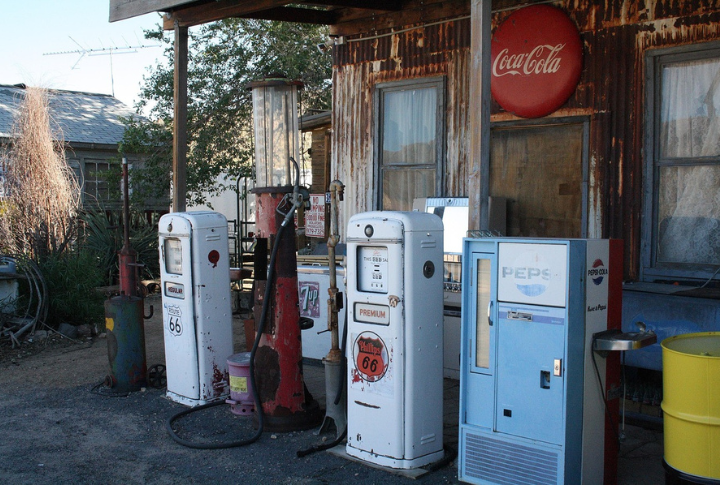
As EV sales explode, traditional gas stations face a slow death by progress. Fuel demand dips while charging infrastructure expands. Some chains hedge their bets by adding chargers; others convert lots into convenience-first hubs. But the era of cross-country road trips dictated by fuel stops is headed for a rewrite—not extinction, but a rewrite.
Physical Credit Cards

Wallets are getting slimmer, not just because of less cash. Contactless payments, digital wallets, and virtual cards make plastic feel outdated. Tap-and-go systems dominate urban areas, and even rural retailers are catching up. Banks see the writing on the wall: the future isn’t swiping but scanning.
AM Radio
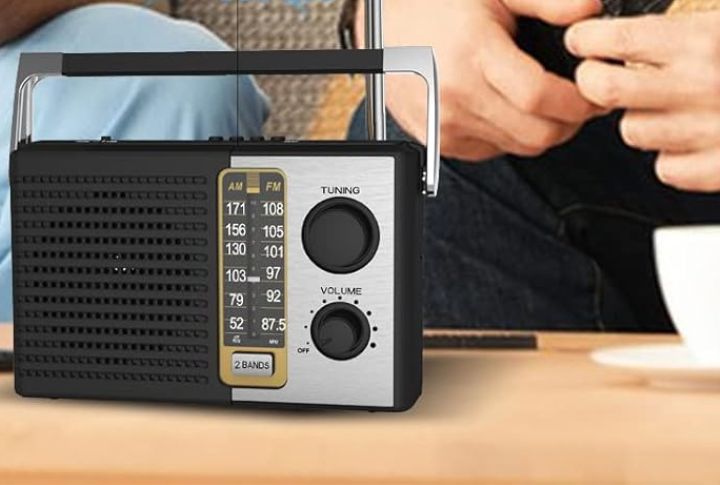
AM’s tinny signal once ruled the airwaves, especially in rural America. However, declining listenership and interference complaints prompted automakers to cut AM tuners entirely in some EVs. Streaming and satellite services filled the gap, leaving AM radio to fade quietly—its loyal audience shrinking with every software update.
Hotel Room Keys
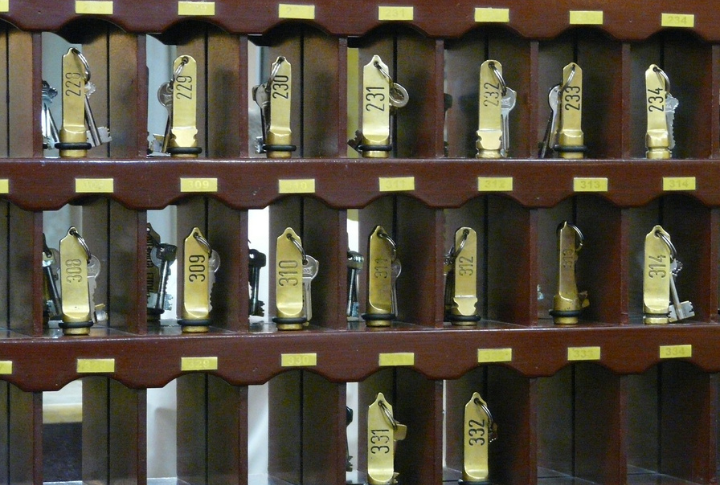
Plastic key cards had a good run, but hotels are chasing efficiency and cutting waste. Digital check-ins, mobile keys, and app-based services trim staffing costs and streamline guest experience. The physical key card will stick around for now, but increasingly, your phone is all you’ll need to get to your room.
Business Cards
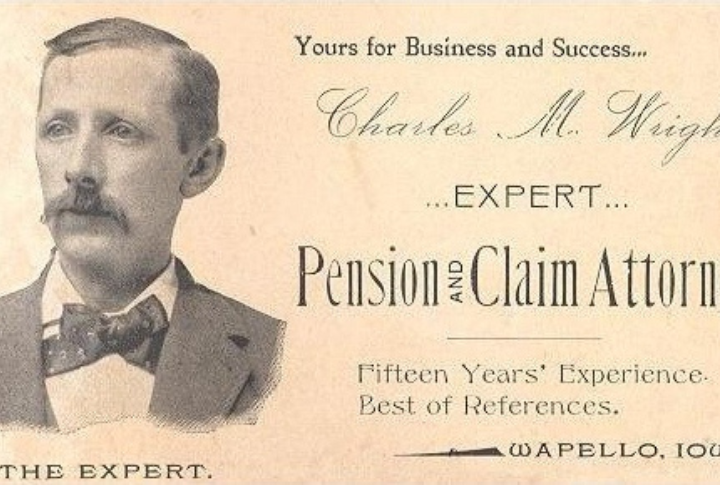
Networking events haven’t disappeared—but paper business cards might soon. Digital alternatives, such as QR codes and LinkedIn connections, have replaced the once-essential cardstock stack. Sustainability pressures and the sheer convenience of swapping info electronically leave traditional cards collecting dust more than contacts.
Physical Media
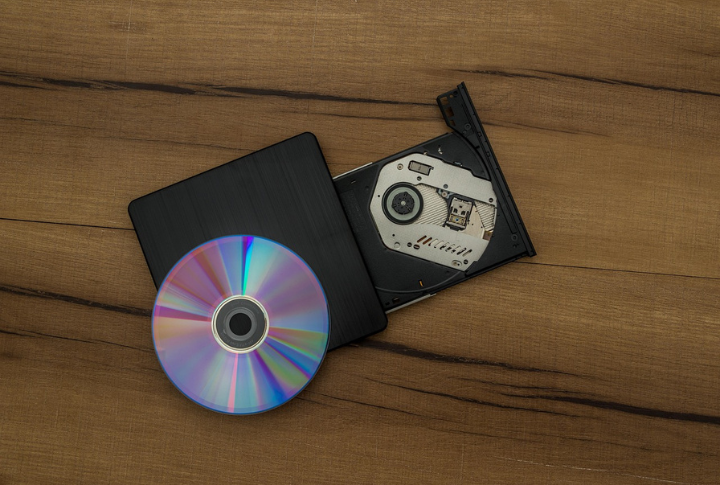
Shelves of DVDs, CDs, and game discs are used to define entertainment consumption. Now, they’re edging toward relic status. Download speeds soared, storage shifted to the cloud, and consumers prioritized convenience over clutter. Physical collectors will persist, but mass-market physical media’s days are numbered.
Drive-In Theaters

Nostalgia can’t keep real estate afloat. Land costs and evolving viewing habits make drive-ins tough to sustain. While a handful still operate as novelties, most have succumbed to development pressures. Streaming didn’t just change home entertainment—it helped make drive-ins impractical luxuries.
Fast Food Cashiers

Ordering lunch no longer requires talking to anyone because self-service kiosks and AI-driven kitchens are in play. These options trim payrolls and speed up service. Chains like McDonald’s and Taco Bell have already rolled out cashier-free models en masse. In-person cashiers may soon feel like a quaint throwback rather than the norm.
Pay Phones
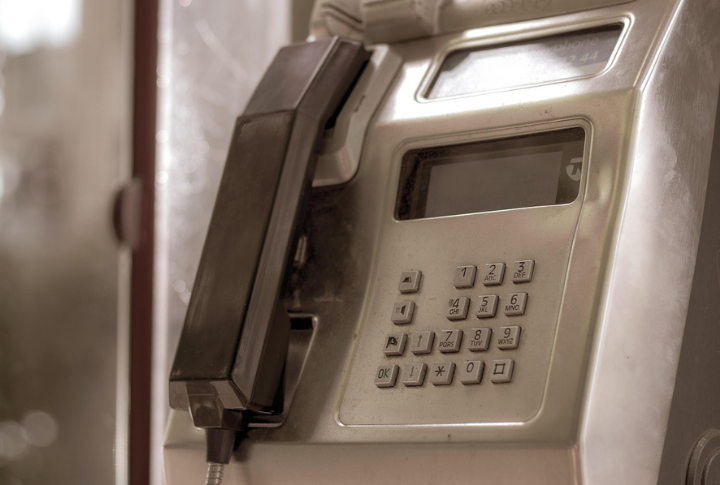
Pay phones hung on long after cell phones took over, mostly for emergencies, but maintenance costs outpaced any practical use, and telecom companies quietly removed most units. Today, spotting one feels more like discovering a historical artifact than finding a useful tool.
Coin-Operated Machines
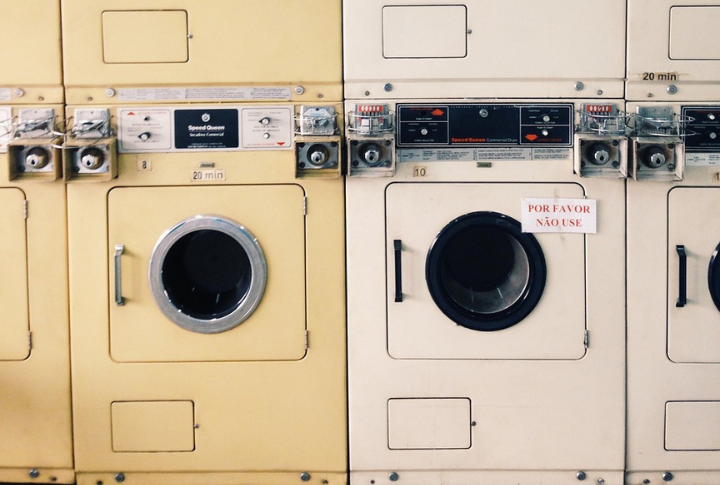
Arcade tokens and laundry quarters used to be the price of admission, but now, tap-to-pay readers are replacing coin slots everywhere. Digital payments reduce theft and hassle, leaving the once-ubiquitous sound of coins clinking into machines mostly silenced.
VHS Tapes And VCR Machines
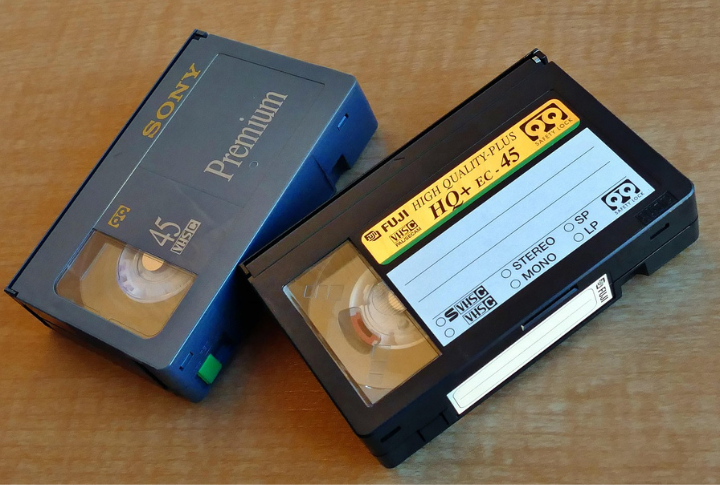
There was a time when Friday nights meant a trip to the video rental store, scanning endless shelves of plastic cases, searching for the perfect VHS tape to pop into the VCR. And now? They’re fading, quite literally, the recordings and the machines.
